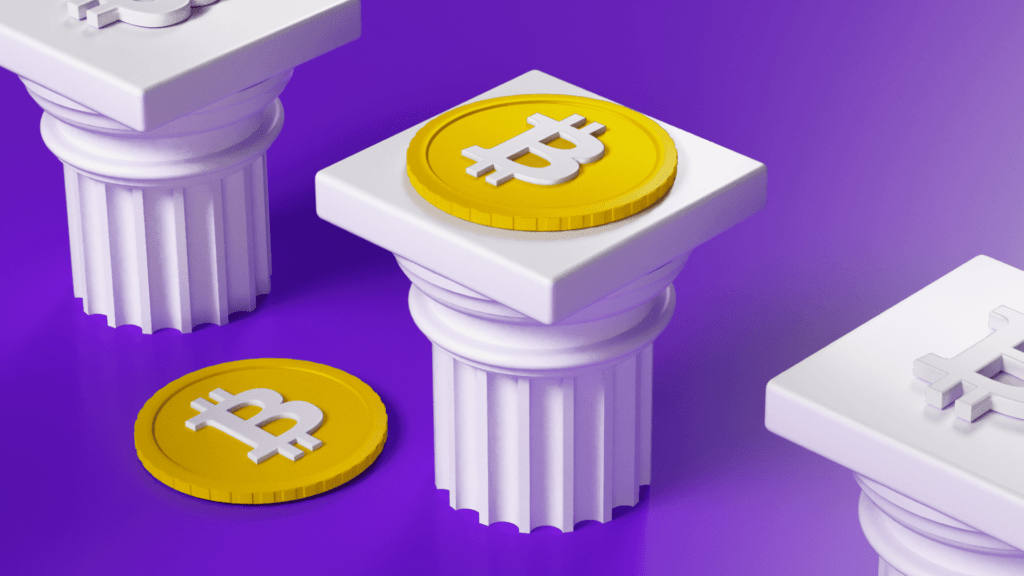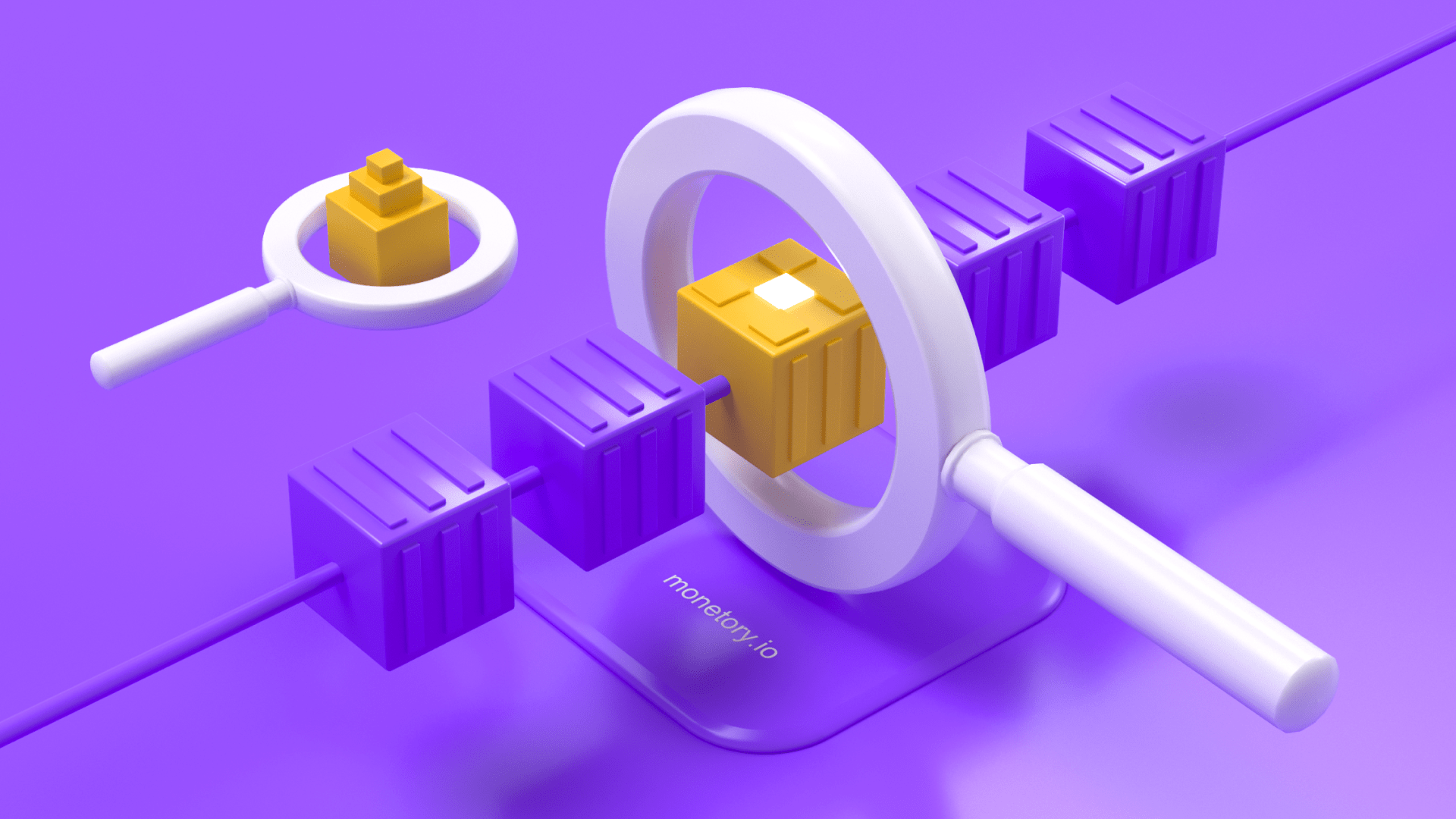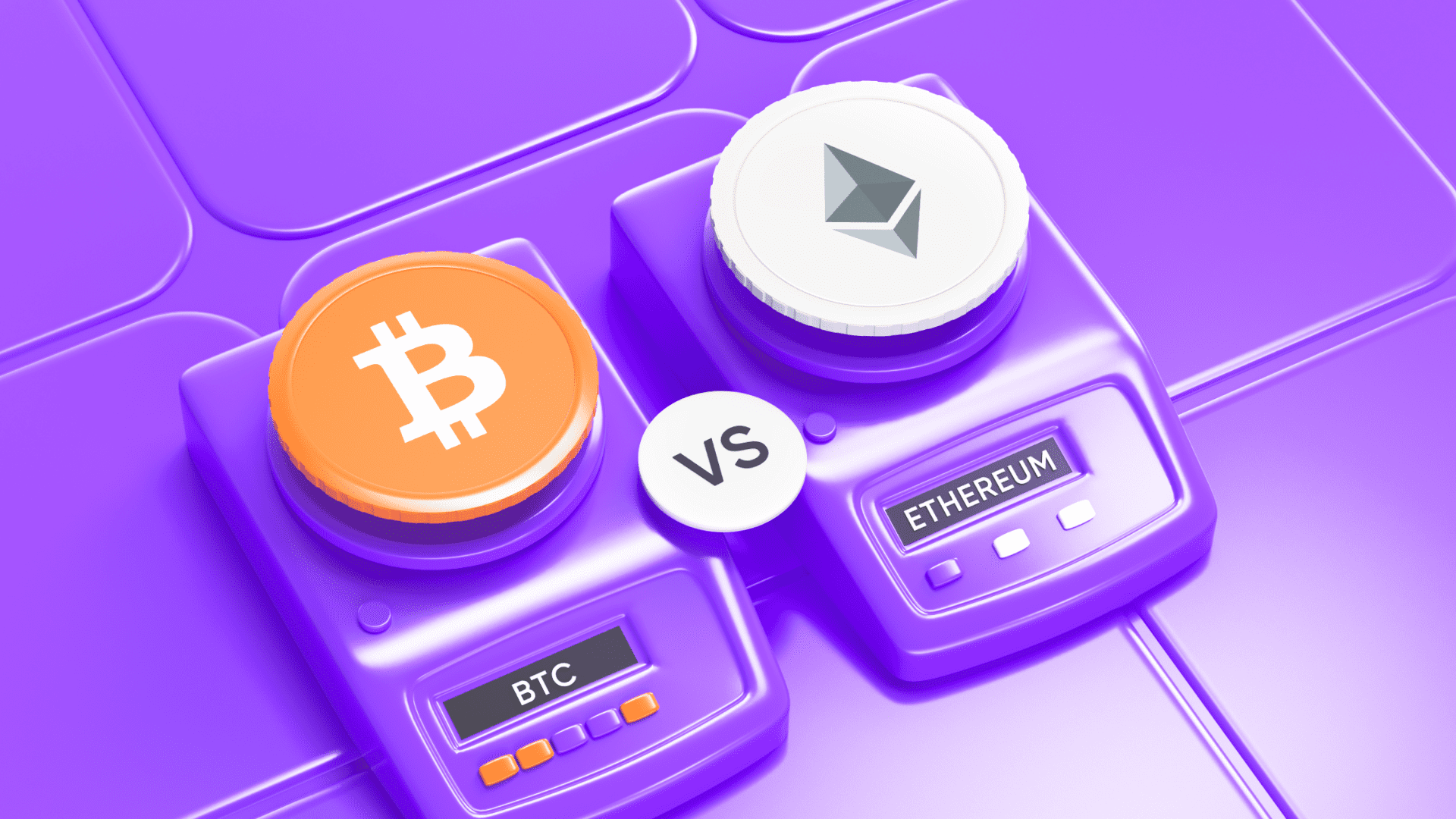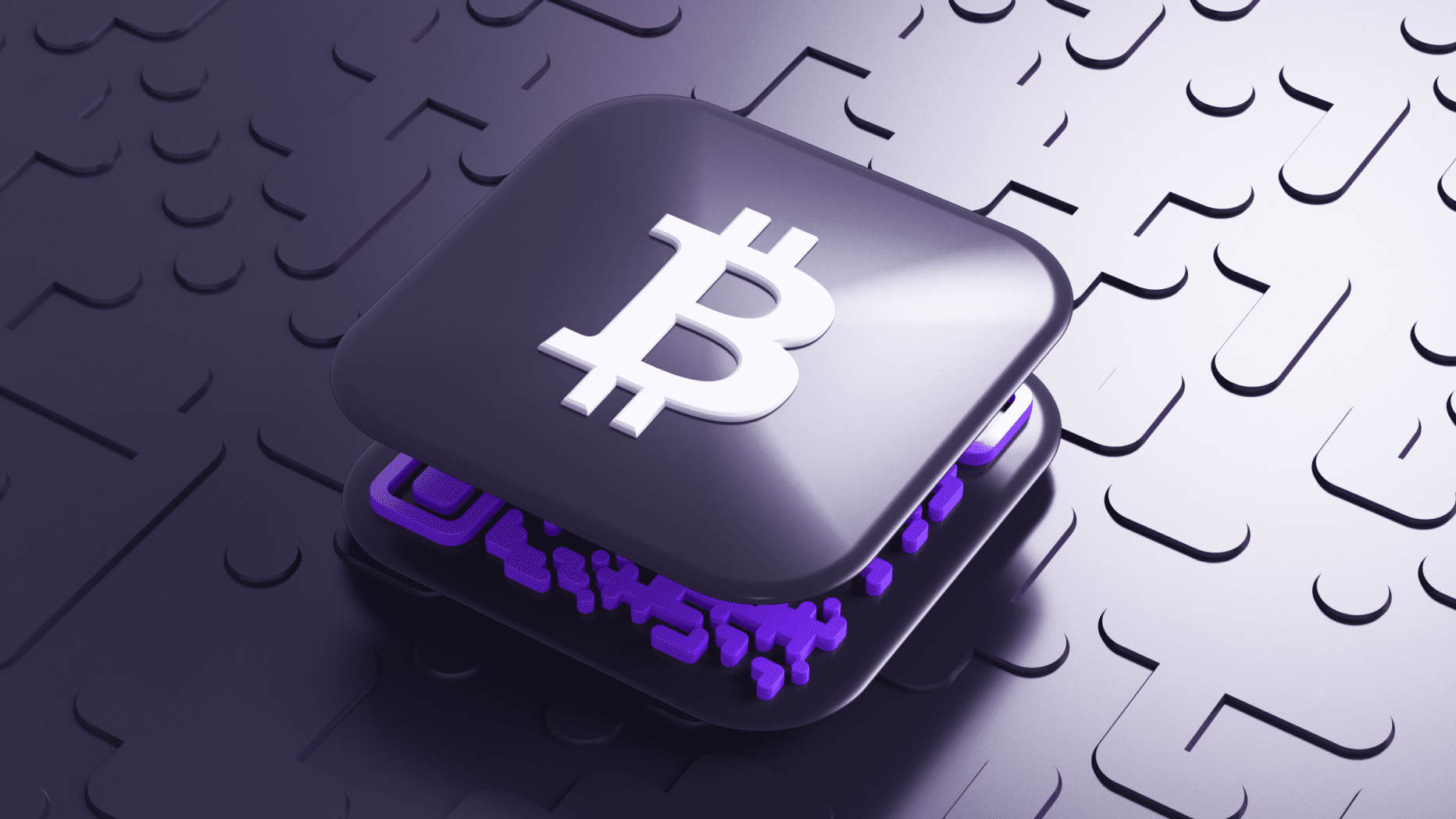
Bitcoin is a cryptocurrency and payment system created in 2009, based on blockchain technology. By now, it is hard to find anybody who has never heard of it. However, due to a lack of understanding of how Bitcoin works, many myths and incorrect facts have arisen around it. Let’s take a detailed look at the most common ones.
Myth 1: Bitcoin Is Anonymous
Many people believe that Bitcoin guarantees complete anonymity for users and their transactions. However, in reality, it only provides pseudonymity. You can’t connect Bitcoin wallet addresses to the personal data of their owners.
At the same time, all transactions in the Bitcoin blockchain are public and available for anyone to view. Specialized companies collect and analyze transaction data to establish the identities of some users. Thus, Bitcoin still provides more privacy than traditional payment systems, where transactions are directly tied to personal data. But if you desire, you can identify cryptocurrency transactions of individual persons.
Myth 2: Bitcoin Has No Intrinsic Value
One can often hear claims that, unlike gold, Bitcoin has no intrinsic value since it is just a set of digital data without any physical equivalent. However, the value of any asset, be it gold, national currencies, or cryptocurrencies, is essentially subjective. It is determined primarily by supply and demand in the market.
As the possibilities for using Bitcoin for payments, investments, and other purposes expand, demand for it increases, and so does its value as an asset and a means of storing value.
Myth 3: The Bitcoin Blockchain Is Insecure
Due to some high-profile cases of cryptocurrency exchange hacks, there is an opinion that the blockchain technology on which Bitcoin is based is supposedly vulnerable to hacker attacks. However, this is not the case — in all the time Bitcoin has existed, its blockchain has never been hacked.
It is securely protected cryptographically. The enormous computing power of the entire distributed network of miners ensures its integrity. The risks of hacking are extremely low, and the guarantees of transaction security are high. By these parameters, Bitcoin’s blockchain technology is one of the most reliable distributed databases available today.
Myth 4: Bitcoin Is Unregulated and Unsupported by Governments
The original idea behind Bitcoin was to create a decentralized payment system outside of any governmental control. However, as the scale of cryptocurrency use has grown, governments in different countries have begun developing approaches to regulating this market and integrating Bitcoin into the traditional financial system.
Many jurisdictions now use laws that regulate the activities of crypto exchanges and oblige users to pay taxes on income from cryptocurrency transactions.
In addition, central banks of some countries are considering the possibility of issuing their digital currencies. So, the cryptocurrency market is coming under legal purview and becoming integrated with the traditional economy.
Myth 5: High Barriers to Entry
Bitcoin is often considered too complex for ordinary people to understand and use. Indeed, advanced mathematics underpins the technology that few people comprehend in detail.
However, over time more and more services and applications are emerging to maximize the simplicity of buying, paying for goods, and exchanging Bitcoins for other assets for end users.
Modern cryptocurrency exchanges, payment gateways, crypto wallets, and other services are extremely user-friendly. With their help, one can start using Bitcoin for trading or investing within minutes without any special technical knowledge.
Myth 6: Bitcoin Has No Utility
Critics of Bitcoin often point out that it supposedly carries almost no real value or benefit to society. However, this is not the case — the cryptocurrency is already actively used for international money transfers, investments, online and offline payment of goods and services all over the world.
Compared to bank transfers, Bitcoin transactions are much faster and cheaper, making it an attractive payment instrument. And for residents of developing countries with underdeveloped banking infrastructure, Bitcoin is sometimes the only way to store and transfer funds.
Bitcoin is also actively used to quickly move large sums between different countries, including optimizing financial flows in international business. Even now, the value and usefulness of Bitcoin technology are already high and will only increase as it evolves.
Myth 7: Incompatibility with the Financial System
Sometimes you can hear the opinion that Bitcoin technology is supposedly incompatible with existing financial systems and is therefore doomed to remain just an exotic crypto asset for geeks. However, in practice, we see the opposite — more and more ways of converting Bitcoin into conventional currencies (and vice versa) are emerging. The growing number of ATMs, exchanges, payment gateways, and debit cards allow the use of cryptocurrency for everyday purchases on par with fiat money.
In addition, many financial applications are already being built on blockchain technology — payment systems and investment platforms that integrate the capabilities of both traditional currencies and cryptocurrencies. That is, the gradual harmonious integration of Bitcoin into the existing financial system is already happening before our eyes.
Additional Myths and Misconceptions
Bitcoin energy myth — this myth about Bitcoin is based on the fact that the process of confirming transactions on the network (mining) requires enormous computing power and a lot of electricity. However, modern research shows that Bitcoin accounts for only about 0.46% of global energy consumption.
Bitcoin cannot scale for widespread use — there is a common opinion that due to the limited transaction processing speed (about 5-7 per second), Bitcoin is unable to become a payment system for mass application on a global scale. However, through optimization and development of the second-tier network, Bitcoin’s real bandwidth is much higher and is constantly growing. Approximately every 10 minutes, hundreds and thousands of transactions are recorded in the blockchain. Further improvements to the protocol and infrastructure will increase performance.
Now You Know Bitcoin Much Better
- Bitcoin is not anonymous but still provides greater privacy than traditional payment systems.
- Its value is determined by supply and demand in the markets and is constantly growing as adoption expands.
- The underlying technology blockchain is extremely reliable and protected from hacking.
- Bitcoin is actively integrating into the traditional financial system with the support of regulators.
- There are many ways for average users to easily and conveniently use Bitcoin.
- The usefulness of cryptocurrency to society is increasing every year.






